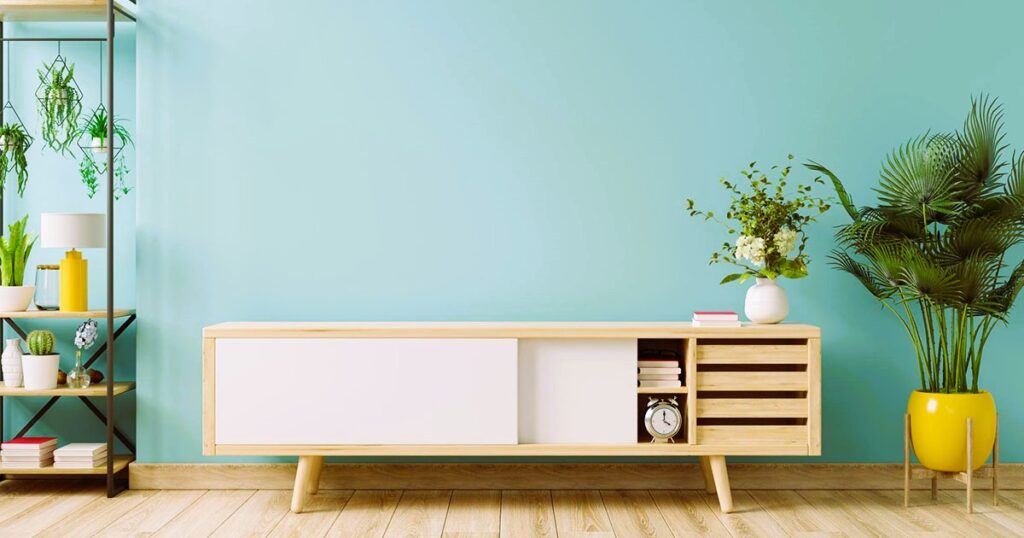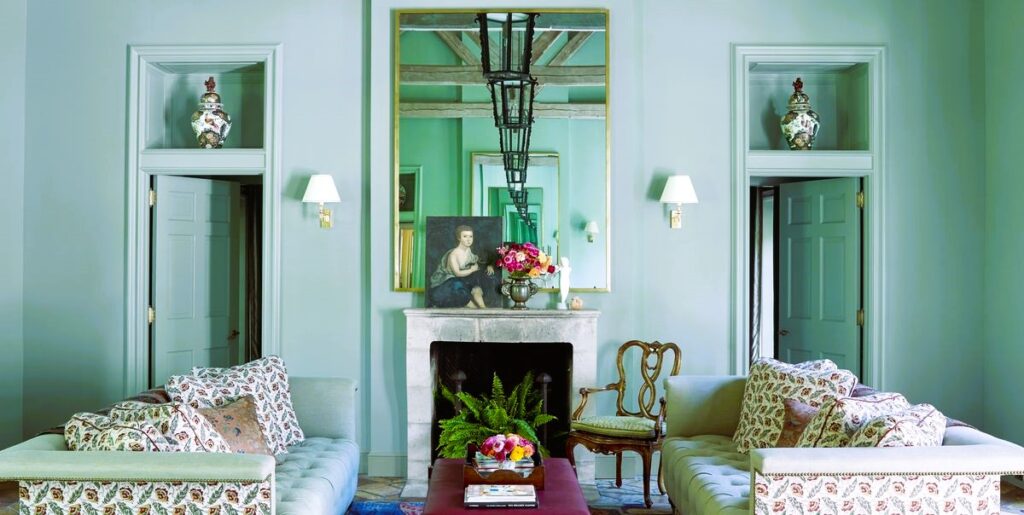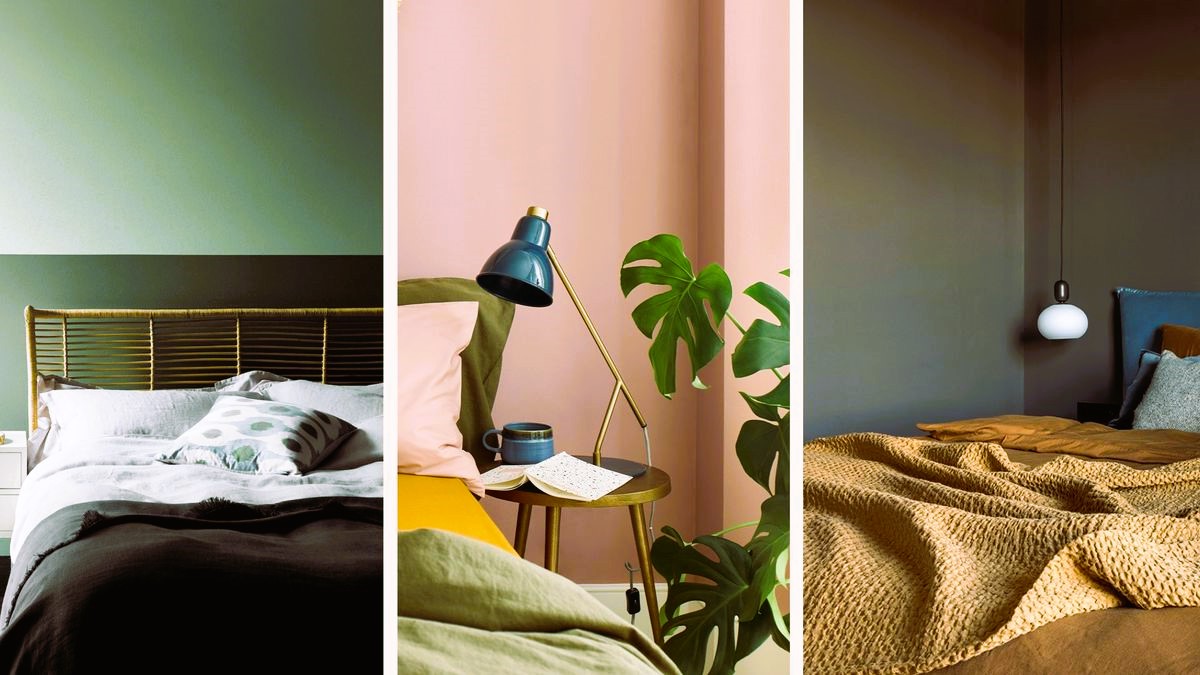Creating a relaxing home environment is a goal for many homeowners, and one of the most influential elements in achieving this is the choice of paint colors. The colors we surround ourselves with have a profound impact on our mood, emotions, and overall well-being. In this guide, we will explore the art and science of selecting the right paint colors to foster a serene and calming atmosphere in your living spaces.
Understanding the Psychology of Colors:
Colors have the power to evoke emotions and influence our perceptions. Before delving into specific color choices, it’s essential to understand the psychological effects associated with different hues:
- Blue: Known for its calming and tranquil qualities, blue is often associated with the sky and ocean. Lighter shades of blue can create an airy and spacious feel, while deeper blues evoke a sense of stability.
- Green: Reminiscent of nature, green is a restful color that symbolizes growth and harmony. Green tones are excellent choices for creating a peaceful and balanced atmosphere.
- Neutral Tones: Beiges, grays, and whites are timeless and versatile choices. Neutral colors provide a backdrop that allows other elements in the room to stand out, fostering a sense of calmness.
- Earth Tones: Warm browns, terracottas, and muted yellows bring a grounding and cozy feel to a space. Earthy tones connect us to nature and create a soothing ambiance.
- Lavender and Mauve: These soft purples are often associated with relaxation and calmness. They can add a touch of femininity and elegance to a room.
Choosing the Right Colors for Each Room:

- Living Room:
- Consider calming blues, greens, or warm neutrals.
- Use accent colors like soft yellows or muted oranges to add interest without overwhelming the space.
- Bedroom:
- Opt for soothing tones like soft blues, greens, or lavender for a restful sleep environment.
- Introduce warm accent colors through bedding and decor.
- Kitchen:
- Neutrals, such as whites, creams, or light grays, create a clean and fresh look.
- Add pops of color through kitchen accessories or indoor plants.
- Bathroom:
- Light blues, greens, or soft aquas evoke a spa-like atmosphere.
- White or neutral tones for fixtures and tiles maintain a clean and serene feel. Did you like the article? We recommend reading about Mastering the Basics of Landscape Architecture.
Natural Light and Room Size:
Consider the amount of natural light in each room and its size when choosing paint colors:
- Well-Lit Rooms: Rooms with ample natural light can accommodate a broader range of colors. Consider experimenting with bolder tones.
- Small Rooms: Lighter colors can create an illusion of space, making smaller rooms feel more open. Whites, light blues, or pastels work well in compact spaces.
Testing Samples and Lighting Conditions:

Always test paint samples on your walls before making a final decision. Colors can appear differently under various lighting conditions, so observe how they look in natural daylight and artificial lighting in the evening.
Additional Resources for Choosing Paint Colors:
For further inspiration and guidance on color psychology and design, you can explore additional resources:
- Wikipedia – Color Psychology
Choosing the right paint colors for a relaxing home environment involves a thoughtful blend of personal preference, color psychology, and the unique characteristics of each room. By understanding the impact of colors on mood and atmosphere, you can transform your living spaces into havens of tranquility and comfort. Take your time, experiment with samples, a


